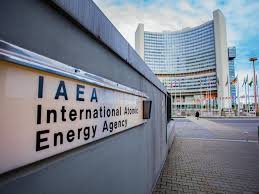Editorial
Pakistan’s provincial tax system shows significant disparity in revenue generation and faces considerable challenges, particularly in terms of mobilizing revenues from the agricultural and property sectors. In the 2023-24 fiscal year, the overall provincial revenue-to-GDP ratio stood at just 0.9%, with a tax-to-GDP ratio of 0.7%. This is a sharp decline from 2017-18 when it was 1.4%, highlighting a stagnation in the provinces’ ability to raise funds.
There is also wide variation in tax collection across provinces, with Sindh leading at 1.4% of its GDP, followed by Punjab at 0.8%, while the smaller provinces, Khyber Pakhtunkhwa and Balochistan, lag behind. The two largest provinces, Sindh and Punjab, contribute almost 89% of the total provincial revenues. A significant portion of these revenues comes from the sales tax on services, which accounts for 65% of provincial tax income. However, the growth of this tax has been disappointing, especially in Punjab, where growth was just 8%, compared to Sindh’s 22% after an increase in tax rates.
The introduction of the Sindh Development Maintenance of Infrastructure levy, generating Rs110 billion in 2023-24, has added to provincial revenues. However, this levy is controversial as it mirrors a sales tax or even a customs duty, which could infringe upon Pakistan’s federal structure.
Furthermore, provincial taxes like the agricultural income tax and property taxes have not been fully utilized. The agricultural tax, which has been ineffective since its introduction, holds substantial revenue potential—estimated at Rs880 billion in 2023-24—while property taxes could also yield up to 0.3% of GDP if properly enforced.
To bridge these gaps and achieve sustainable revenue growth, reforms are essential. The IMF’s emphasis on developing provincial taxes through improved administration and broadening tax bases could yield an additional 1.7% of GDP by 2026-27, allowing for greater funding for essential public services. However, even with these efforts, Pakistan’s provincial tax-to-GDP ratio will remain far below global standards, like India’s, where the figure exceeds 6%.

















